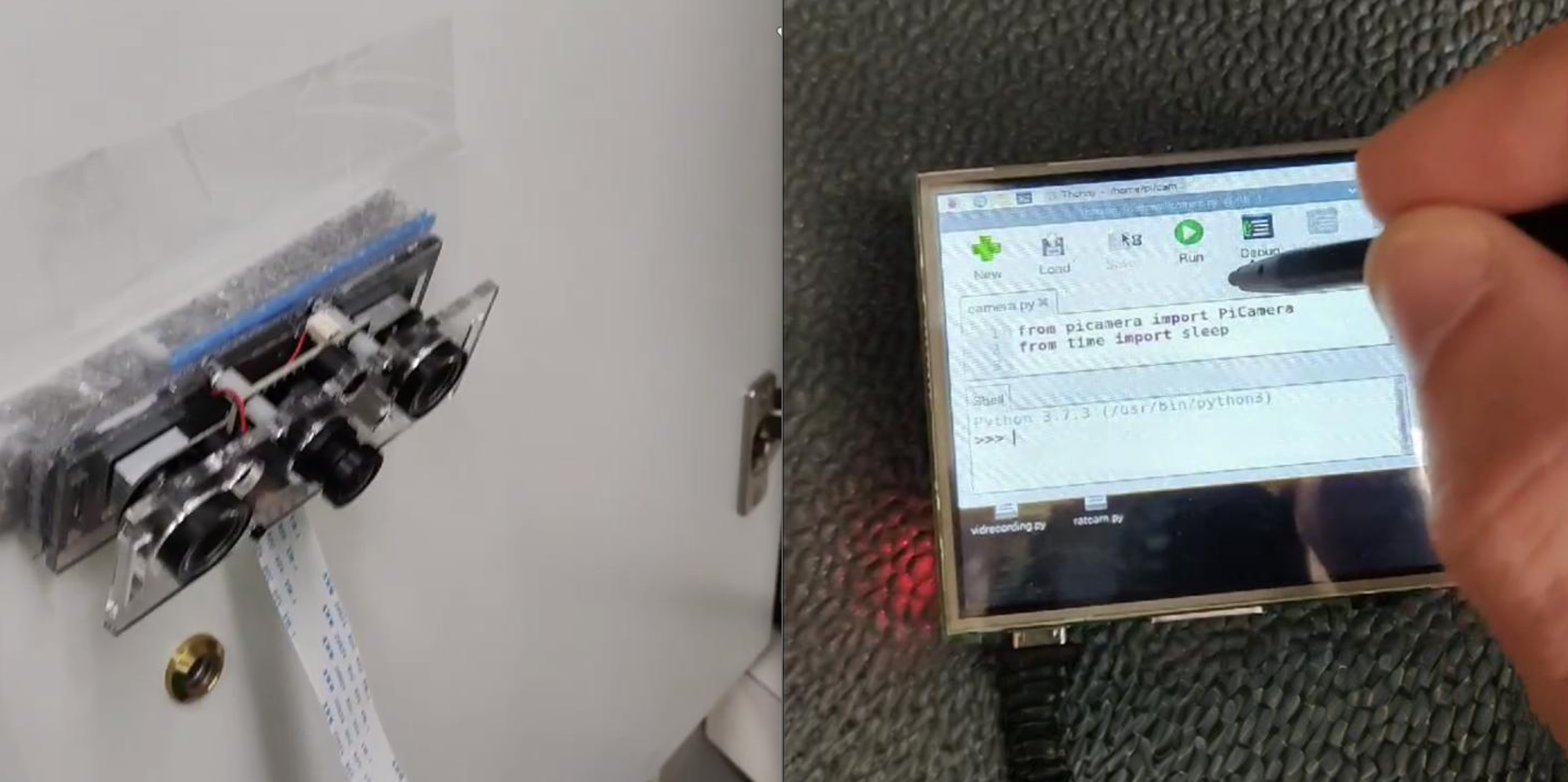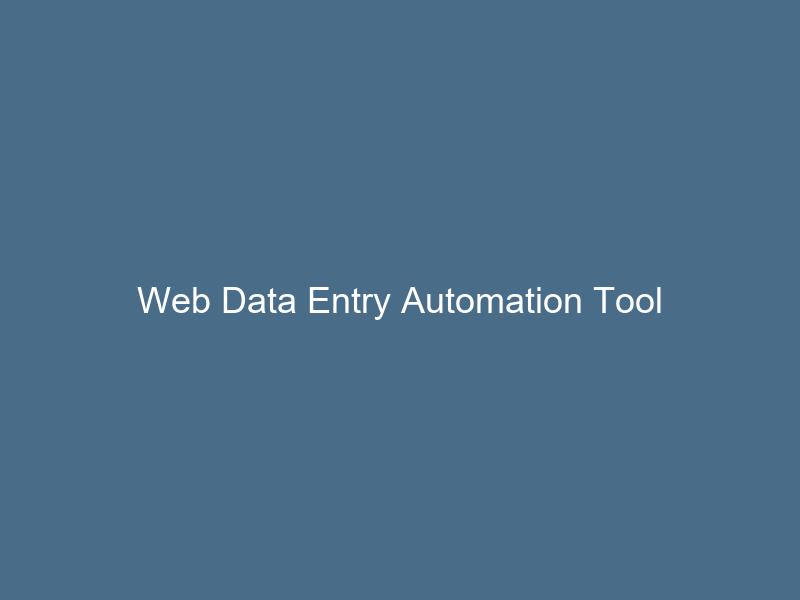Project Overview
The Laboratory Automation Framework is a comprehensive Python-based solution designed to automate common laboratory workflows, data processing, and reporting tasks in research environments. Drawing from my experience in laboratory settings, this project addresses key challenges faced by researchers in managing complex experimental data.
Key Features
Instrument Integration
- Automated data collection from Hamilton Star liquid handlers
- Integration with Artel Multichannel verification systems
- Standardized API for connecting to various lab instruments
Data Processing Pipeline
- Automated parsing of experimental output files
- Statistical analysis with outlier detection
- Data normalization and transformation
- Result visualization and reporting
Workflow Automation
- Experiment scheduling and tracking
- Reagent inventory management
- Sample tracking and chain of custody
- Quality control monitoring
Reporting System
- Customizable report templates
- Automated PDF generation
- Interactive data visualizations
- Export options for various formats (CSV, Excel, JSON)
Technical Implementation
Core Technologies
- Python 3.9
- Pandas for data manipulation
- NumPy and SciPy for numerical computations
- Matplotlib and Seaborn for data visualization
- Flask for web interface components
- SQLite for local data storage
- PyInstaller for creating standalone executables
Architecture
The framework follows a modular architecture with clear separation of concerns: - Instrument connectors handle device-specific communication - Data processors transform raw data into structured formats - Analysis modules perform statistical calculations - Visualization components generate plots and charts - Reporting engine produces formatted output documents
Development Process
This project was developed iteratively, starting with core functionality for a specific instrument (Hamilton Star) and gradually expanding to support additional devices and workflows. Automated testing was implemented to ensure reliability across different laboratory environments.
Impact
The Laboratory Automation Framework has significantly improved efficiency in laboratory operations: - Reduced manual data entry errors by approximately 95% - Decreased data processing time by 85% compared to manual methods - Standardized reporting across different experiments - Enabled reproducible analysis workflows - Improved traceability for regulatory compliance
Future Enhancements
- Machine learning integration for predictive quality control
- Cloud-based storage and sharing options
- Mobile application for remote monitoring
- Integration with electronic laboratory notebooks (ELNs)



